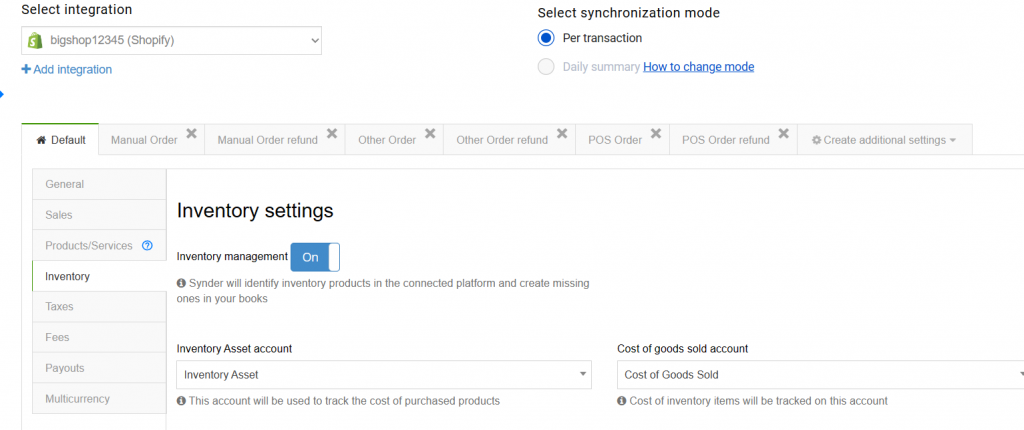As a business owner, you’re aware of the significant role inventory plays in business operations. It represents the goods a company holds for sale, raw materials used in production, and work-in-progress. Understanding the classification of inventory as a current asset is essential for businesses to effectively manage their resources and make informed financial decisions.
This guide aims to delve into the concept of inventory as a current asset, exploring its implications and significance.
Defining current assets
Current assets are resources that a company expects to convert into cash or use up within one year or the operating cycle, whichever is longer. These assets are listed on a company’s balance sheet and serve as a measure of its short-term liquidity. Common examples of current assets include cash, accounts receivable, and prepaid expenses. The classification of an asset as current depends on its ability to be converted into cash within a relatively short time frame.
What is inventory?
Inventory represents the goods a company holds for sale or use in its operations. It encompasses raw materials, work-in-progress, and finished goods. Different industries may have varying types and complexities of inventory. For instance, in manufacturing, inventory includes raw materials required for production and work-in-progress items at various stages. In the retail sector, inventory primarily consists of finished goods ready for sale. Service-based industries may have limited inventory, often consisting of supplies and equipment necessary for their operations.
Classifying inventory as a current asset
The answer to the question: “Is inventory a current asset?” depends on its conversion cycle. If a company expects to sell its inventory within one year or the operating cycle, it is classified as a current asset. The operating cycle refers to the time it takes to convert raw materials into finished goods, sell them, and collect the resulting accounts receivable. The inventory turnover ratio, which measures the number of times inventory is sold or used up during a specific period, is a significant factor in determining its current asset status. A high turnover ratio suggests efficient inventory management and indicates that the company can quickly convert inventory into cash.

Implications of inventory as a current asset
The classification of inventory as a current asset has several implications for a business, particularly in financial reporting. On the balance sheet, inventory is listed as a current asset, contributing to the calculation of working capital and the current ratio. These financial metrics help assess a company’s ability to meet its short-term obligations. Additionally, the value of inventory affects the cost of goods sold (COGS) on the income statement, directly impacting the calculation of gross profit and net income.
Investors and creditors closely examine a company’s inventory as a current asset when evaluating its financial health. They analyze the inventory turnover ratio to gauge the efficiency of inventory management. A high ratio implies that inventory is moving quickly, reducing the risk of obsolescence and improving cash flow. Conversely, a low ratio may raise concerns about excess inventory, potential write-offs, and reduced liquidity. Therefore, understanding the classification of inventory as a current asset is vital for stakeholders in assessing a company’s financial position and viability.
Inventory management challenges and considerations
Managing inventory comes with its share of challenges.
Holding excessive inventory ties up valuable resources, including capital and storage space, which can hinder liquidity and increase costs. Businesses must strike a balance between having enough inventory to meet demand and avoiding excess that could lead to obsolescence or write-offs.
Besides, accurately valuing inventory presents a challenge. Different valuation methods, such as First-In-First-Out (FIFO) and Last-In-First-Out (LIFO), impact the value of inventory and, subsequently, its classification as a current asset.
Importance of effective Inventory management
Optimizing inventory levels is crucial for businesses to improve cash flow, reduce costs, and enhance customer satisfaction. Adopting strategies like just-in-time (JIT) inventory management and implementing inventory tracking systems can help minimize carrying costs and streamline operations. Leveraging technology, such as inventory management software and barcoding systems, can provide real-time visibility into inventory levels, aiding in accurate demand forecasting and avoiding stock outs or overstock situations.
Efficient inventory management extends beyond its classification as a current asset. It positively impacts a company’s profitability, customer retention, and overall operational efficiency. By ensuring the availability of goods at the right time and minimizing excess inventory, businesses can enhance their competitiveness and financial performance.
Conclusion
Understanding the classification of inventory as a current asset is essential for businesses seeking to maintain their financial health and make informed decisions. By recognizing the implications of inventory on financial statements, stakeholders can assess a company’s liquidity and efficiency. Effective inventory management strategies and accurate valuation methods further contribute to optimal resource utilization and improved profitability. As businesses navigate the complexities of inventory, recognizing its role as a current asset serves as a guiding principle in achieving operational success.








.png)
